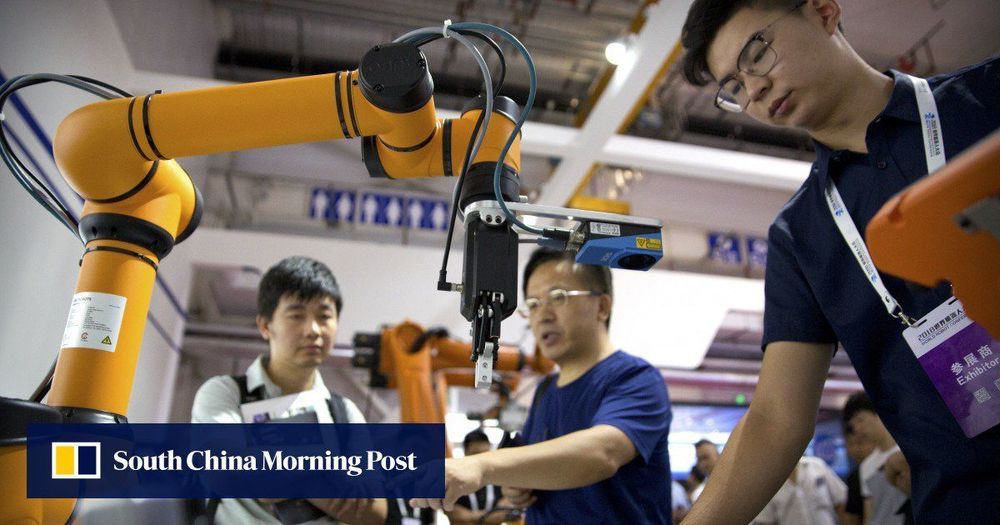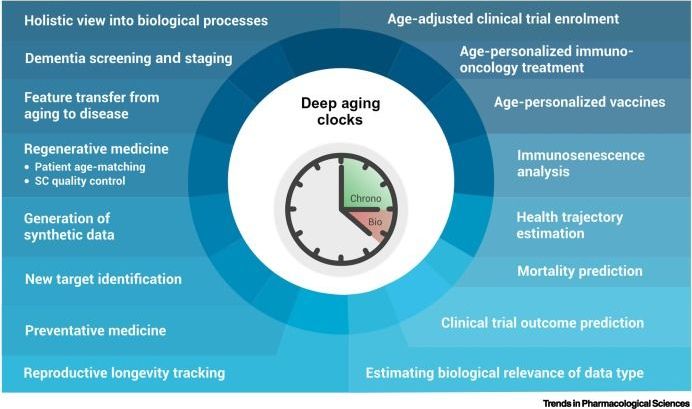This article was originally an answer to a member of Quora, a Q&A site in which I am a cryptocurrency columnist. The reader is a “Bitcoin beginner”. If you understand the nature and purpose of a blockchain, the political leanings of Satoshi or the economics of a capped cryptocurrency, then this reviews things that you already know. But sometimes, a recap can be fun. It helps ensure that we are all on the same page…
In a previous post, we have already addressed a fundamental question:
It has nothing to do with how many individuals can own bitcoin or its useful applications. It simply means that—if widely adopted as a payment instrument or as cash itself—the number of total units is capped at 21 million. But each unit can subdivided into very tiny pieces, and we can even give the tiny pieces a new name (like femto-btc or Satoshis). It is only the originally named unit (the BTC) that is capped.
But, this article addresses a more primitive question. (Actually, it is a naïve question, but this adjective has a negative connotation, which is not intended). I interpret the question to be: What prevents me from creating, earning or being awarded an amount that brings the total circulation above 21 million BTC?
The question is a bit like asking Why there are only two solutions to a quadratic equation? — Or (a metaphor): Why can’t you own a new Picasso painting?
In the case of Picasso, it’s because we know the ownership and location of the 1,885 paintings created during his lifetime. The Old Guitarist (shown at bottom) is at the Art Institute of Chicago. Unless there has been a serious error in record keeping, there cannot be any more paintings, because he is no longer around to produce new art.
You cannot create more bitcoin than the 21 million scheduled for release because that’s all the math yields. It is the capped quantity that Satoshi wanted in circulation—because he/she sought to create a deflationary token that could never be gamed by politicians or anyone else.
Consider the alternative. The Zimbabwe dollar had no cap. When the government needed more cash, they simply printed more. (This is exactly what the US does today). Eventually, they had 4 recalls and “official” devaluations. But, of course, the value of a Zimbabwe dollar (just like a US dollar, bitcoin or a Picasso painting) is not established by edict. It floats with supply and demand.
Eventually, 100 trillion Zimbabwe dollars was worth US 16¢. Then, it collapsed completely. You can still find a few 100 trillion dollar notes on Ebay. Ironically, they cost far more than 16¢, because western collectors are fascinated by them. Just as with a Picasso painting, all value boils down to supply and demand.
Of course, no citizen of means used the local currency even before it collapsed. They simply couldn’t trust their treasury. Today, Zimbabwe uses US dollars, rands (SA), British pound and euros.
What about the US dollar? Only the most arrogant citizens believe that we control such a vast consumer market (and that we are such a huge debtor) that the world must continue to value our paper. But is this realistic? Is it sustainable? Does U.S. debt ever have to be repaid with real sweat and real products sought by creditor nations? Of course it does. The alternatives are unthinkable: We would go the way of Zimbabwe, the Roman empire—or worse. Think of the Wiemar Republic between world wars.
The US dollar has no cap. A trillion or so new dollars are printed ever year, in a series of emergency measures that transient politicians call “raising the debt ceiling”, or an “emergency requisition”, or humanitarian, infrastructure, disaster relief, military necessity, debt repayment—or whatever. This leaves us 20 trillion in debt and with no path to recovery. Our own president openly asked why we can’t just print even more money to square up with our creditors.
 With Bitcoin, we will never face that problem. Will adopting Bitcoin as legal tender interfere with a government’s ability to tax, spend or enforce tax collection? Not at all! But one day, it will decouple governments from control of their money supply. And that will be a marvelous thing—for both individuals, organizations and governments. It will force nations to balance their books—just like every household, business, NGO and municipality.
With Bitcoin, we will never face that problem. Will adopting Bitcoin as legal tender interfere with a government’s ability to tax, spend or enforce tax collection? Not at all! But one day, it will decouple governments from control of their money supply. And that will be a marvelous thing—for both individuals, organizations and governments. It will force nations to balance their books—just like every household, business, NGO and municipality.
When this happens, governments can still raise money (from taxes) and they can even borrow. But just as with an individual or corporation, they will need to find:
- Creditors (or shareholders) who truly believe in the ability to repay
- This means they are creditors that believe in a nations institutions & ethics
- And this leads to a conclusion: What better way to move our institutions and ethics in the right direction than through the accountability owned to our creditors.
Bitcoin is the embodiment of radical technology, but it is not a radical concept. It is the simple and functional embodiment of free-market economics. It addresses a market need that Aristotle fervently researched 2050 years ago, but failed to resolve. Gradual adoption is analogous to denationalization of telephony, airlines and package delivery services. Imagine the positive fallout when this occurs! Hopefully, we will around to witness a society in which governments are decoupled from monetary policy & control!
Related:
Philip Raymond co-chairs CRYPSA, hosts the Bitcoin Event and is keynote speaker at Cryptocurrency Conferences. He is a top writer at Quora.


 With Bitcoin, we will never face that problem. Will adopting Bitcoin as legal tender interfere with a government’s ability to tax, spend or enforce tax collection? Not at all! But one day, it will decouple governments from control of their money supply. And that will be a marvelous thing—for both individuals, organizations and governments. It will force nations to balance their books—just like every household, business, NGO and municipality.
With Bitcoin, we will never face that problem. Will adopting Bitcoin as legal tender interfere with a government’s ability to tax, spend or enforce tax collection? Not at all! But one day, it will decouple governments from control of their money supply. And that will be a marvelous thing—for both individuals, organizations and governments. It will force nations to balance their books—just like every household, business, NGO and municipality.



